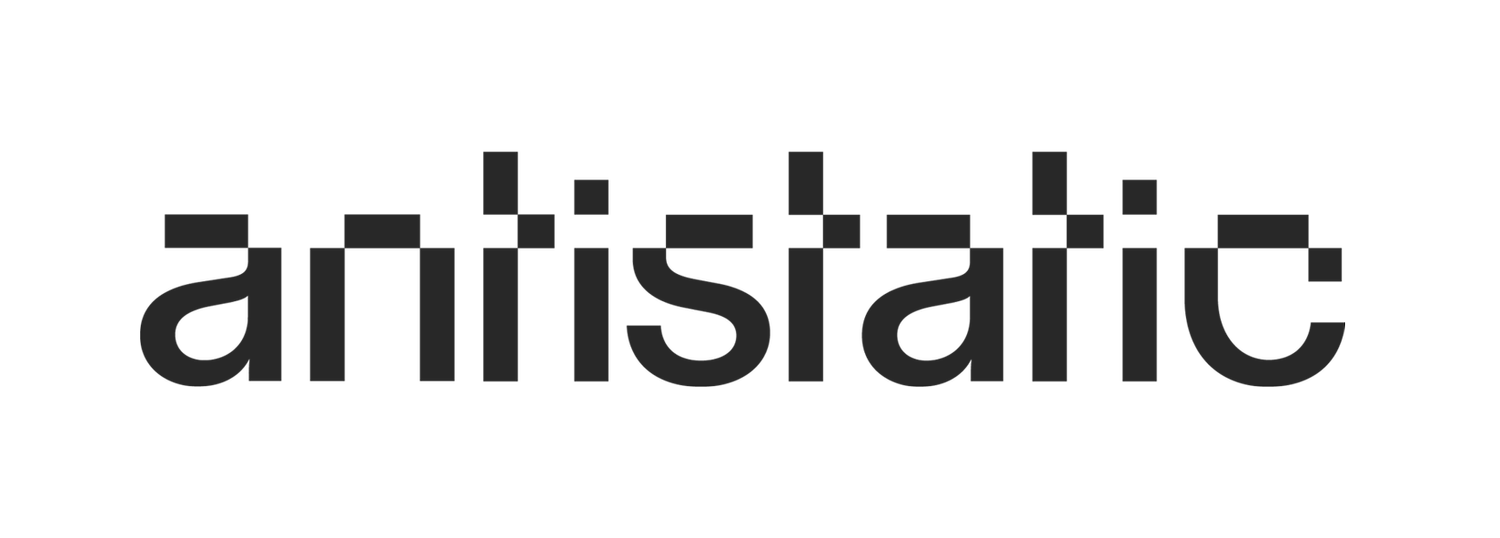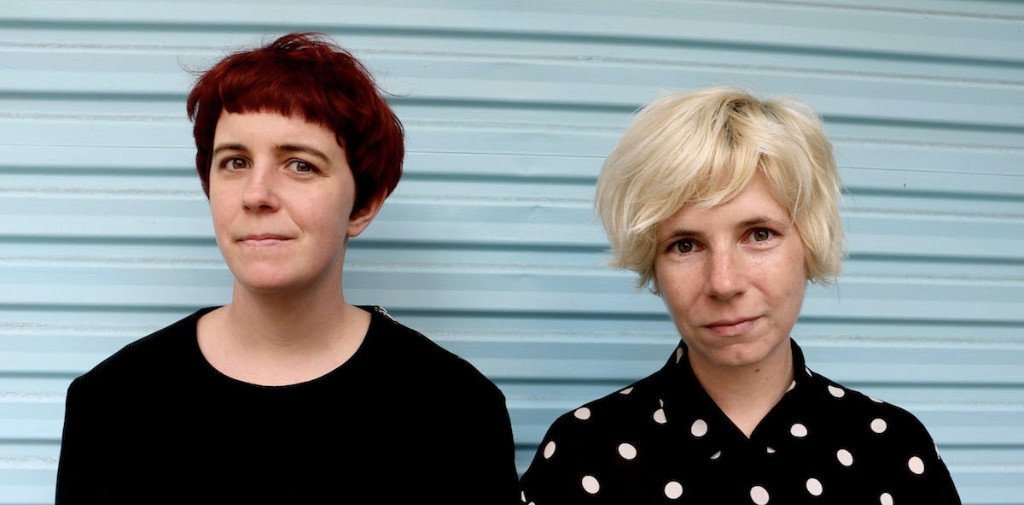A look under the hood at how Antistatic operates
It’s been almost 8 years since we came up with the name Antistatic and slowly started to piece together the processes, clients and projects that make our business what it is today. Antistatic is completely normal in some ways and completely unusual in other ways — not everyone starts a business with their sibling, and not everyone trusts their coworker with their life — but mostly we’re just a small consultancy with our own quirks and priorities. We love to read about how other people run their projects and businesses, and thought we’d reciprocate with a bit of a look behind the curtain at how Antistatic operates.
We split all income down the middle: When it comes to paid work, we split the income 50/50, regardless of how many hours we each work on a project. We both work concertedly on Antistatic, whether that’s client work, our own projects or business development. To us it makes sense that we are compensated equally, regardless of who is doing what. We made this decision really early on at a time when we were still doing quite a few separate contracts. It was a mental adjustment at first, but it’s one of the best business decisions we made. There have been a couple of specific exceptions and adjustments for exchange rates and whatnot, but the essence of this principle has stayed the same.
We are small on purpose: When you start a business, people often assume your eventual goal is to expand, bring on extra staff and maybe one day sell for a profit. We love to collaborate with others and bring on specific expertise for projects as needed, but we don’t intend to bring on employees or expand beyond the two of us. This has two main benefits. One, we don’t have to be managers. We got into business together because we like doing the work, and are fairly certain that managerial life is not for us. Two, it’s more flexible and less stressful. Contract work naturally has ebbs and flows, and bringing on other employees would increase our expenses and make the quiet times more stressful. The approach has implications for the sale-ability of Antistatic in the future, but we think of the business as the two of us. It’s likely that if and when we decide to stop our work, Antistatic will also cease to be.
We pursue our interests and are guided by values: When we started, we got good advice to lean into a niche in our work. Despite this, it was tempting to just say yes to any work we were offered. We were always certain about our values and avoiding work that was morally compromising, but sometimes the gigs weren’t ideal — Anna even had a couple of roles embedded in teams doing business-as-usual work in the early days. Over time, we became more confident about the types of client work we wanted to take on and what subjects we were keen to explore. We also built the track record and reputation necessary to get the kinds of jobs we wanted. These days, we have a matrix we run through when deciding whether to pursue a project, and if the criteria isn’t met it will be a polite no from us. This was hard at first — especially when we don’t have other paid work in the pipeline — but has opened up space for the work we do want, and has always felt like the right decision.
We spend a lot of time talking and typing to each other: We’re in different timezones, but for the four days a week we’re online at the same time we are usually on the phone for hours with each other or with clients, complemented by a lot of Skype chat (yes we still use Skype… our tech stack could be a whole other blog post!). We do a check in every day, and often have things to work through together: fleshing out ideas, discussing timelines for client projects, or chatting as we collaboratively edit a Google doc. Our calls can also be… varied. Being siblings as well as business partners, there are other points of business like remembering our nieces and nephews’ birthdays, or what to get mum and dad for Christmas. We also have a standing topic called “cultural corner” where we talk about the movies we’re seeing or gigs we’re attending.
We let the weird and conventional sit together under the same banner: Antistatic is a bit of a weird creature: our day to day client work is often writing pretty conventional reports for government departments or NGOs, or developing narrative strategy for new initiatives. Then there’s everything else we choose to do because it’s interesting to us: making ugly slide decks, editing a book, sending out an annual zine or organising a Wikipedia edit-a-thon. Depending on how you stumbled upon Antistatic, one of these aspects might be way less visible to you. But we’re proud to do a combination of paid work and idiosyncratic self-led projects, and have become comfortable with letting these sit under the same name and banner.
If you’d like occasional updates from us, we send a quarterly newsletter that you can sign up for here.
Blast from the past: one of our first team portraits from 2018. Photo Credit: Brian Schumacher



